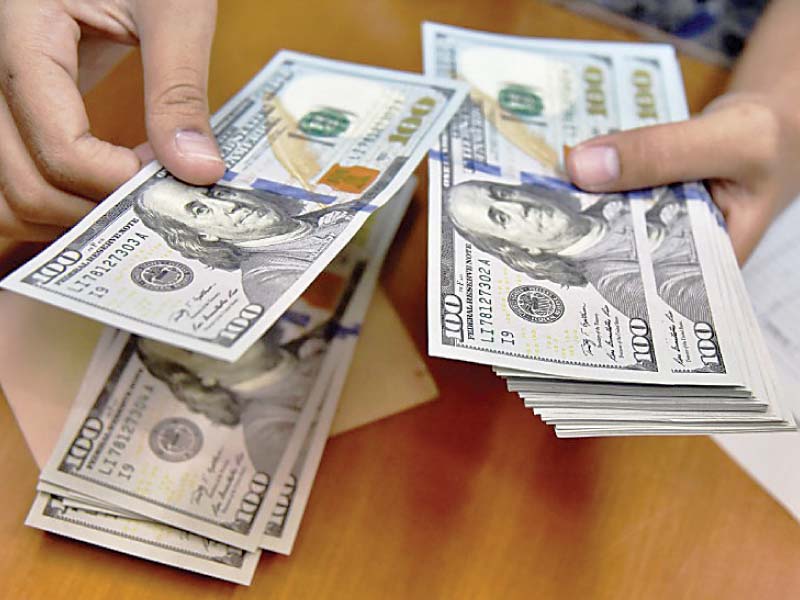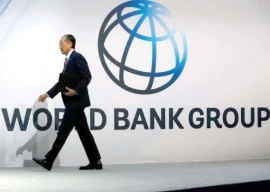
Nomura Holdings Inc, in its widely quoted analysis recently, has put Pakistan among seven countries - Sri Lanka, South Africa, Argentina, Pakistan, Egypt, Turkey and Ukraine - who are most at risk of exchange rate crisis for the next 12 months across 30 emerging market economies.
Govt urged to stabilise exchange rate
There are a host of other countries - dubbed as emerging markets - that are facing a similar currency weakness, which is turning their economies unstable and investors pensive. Turkey and Argentina are its casebook example.
In Pakistan’s case, the rupee depreciation has been attributed to policies of former finance minister Ishaq Dar, who is said to have kept the rupee value artificially inflated for around four years and its accumulated impact eventually gave a heavy jolt to the currency in the past nine months.
From a general perspective, while looking at international economies, largely the phenomenon has been kick-started by the increase in policy rate by the US Fed, encouraging international investors to repatriate dollars from risky markets where current account balances are posing a threat and are spiralling into bigger deficits.
Pakistan’s case is not different either. The current account deficit has swelled to $18 billion in fiscal year 2018. The higher current account deficit plays a major role in defining a currency’s value as there is meagre inflow of dollars while the outflow is quite bigger.
It makes the dollar more precious with the falling level of foreign currency reserves, resulting in its appreciation against the local currency.
This depreciation in the host country makes foreign investors pensive because they have invested in dollars in the country, which is generally used after conversion into local currency.
Even if the enterprise, the foreign investors have invested in, makes profit, the investors may not get anything from it because the profit is earned in local currency and after conversion into dollar, there is nothing left above the original investment in dollar terms.
Fed’s increased rate is more enticing for the investors to repatriate dollars from risky markets amid depreciating currencies in host countries.
Moreover, when Fed increases the rate, the signs are clear that the currencies of countries with large current account deficits will depreciate, so it makes no sense for them to not bring the money back to the US.
According to businessinsider.com, Fed bought $4.8 trillion in bonds and other assets post-2008 financial crisis. Those purchases showered the planet with trillions in cash - an effort made to alleviate the economic crisis.
Govt injected $7b to keep rupee overvalued in recent years
But now the Fed believes the global economy is doing well and it is time to pull back those dollars. “The reason this is a truly scary moment in economics is that we’ve already got Argentina and Turkey scrambling, and the Fed has only just begun. There is a long, long way to go,” Jim Edwards wrote last month in his article for businessinsider.com.
Meanwhile, Donald Trump’s stance in international politics and his faith in dollar definitely give a signal that there is still a bumpy road ahead. It may not be the case with China, but for risky economies it definitely is, and Pakistan also needs to be wary of that.
Published in The Express Tribune, September 25th, 2018.
Like Business on Facebook, follow @TribuneBiz on Twitter to stay informed and join in the conversation.




1732003896-0/Zendaya-(1)1732003896-0-165x106.webp)












COMMENTS (8)
Comments are moderated and generally will be posted if they are on-topic and not abusive.
For more information, please see our Comments FAQ